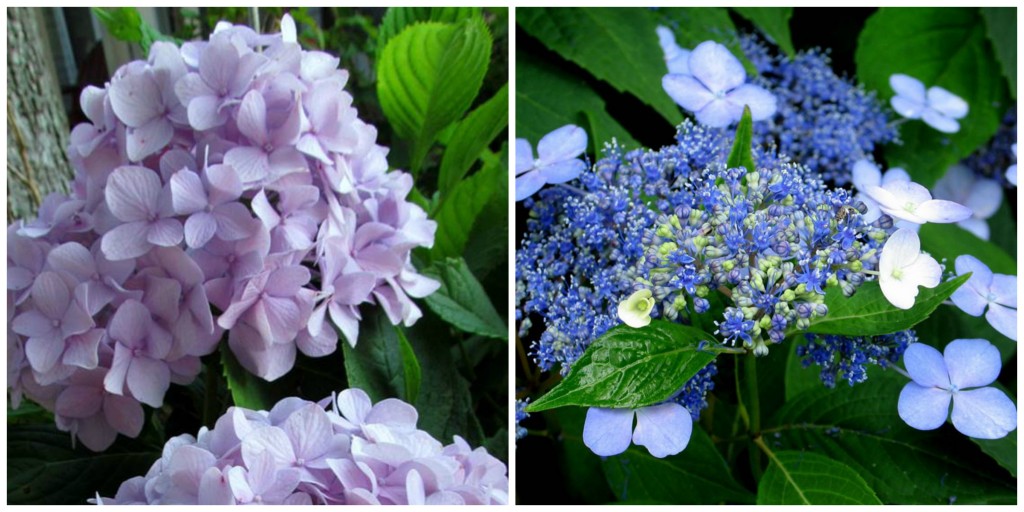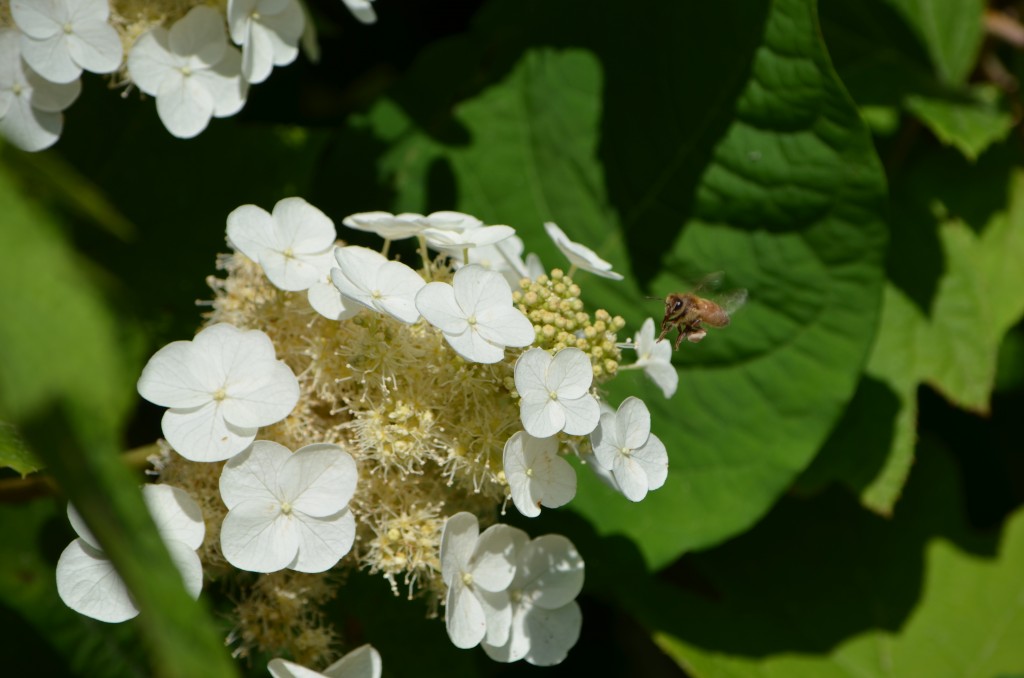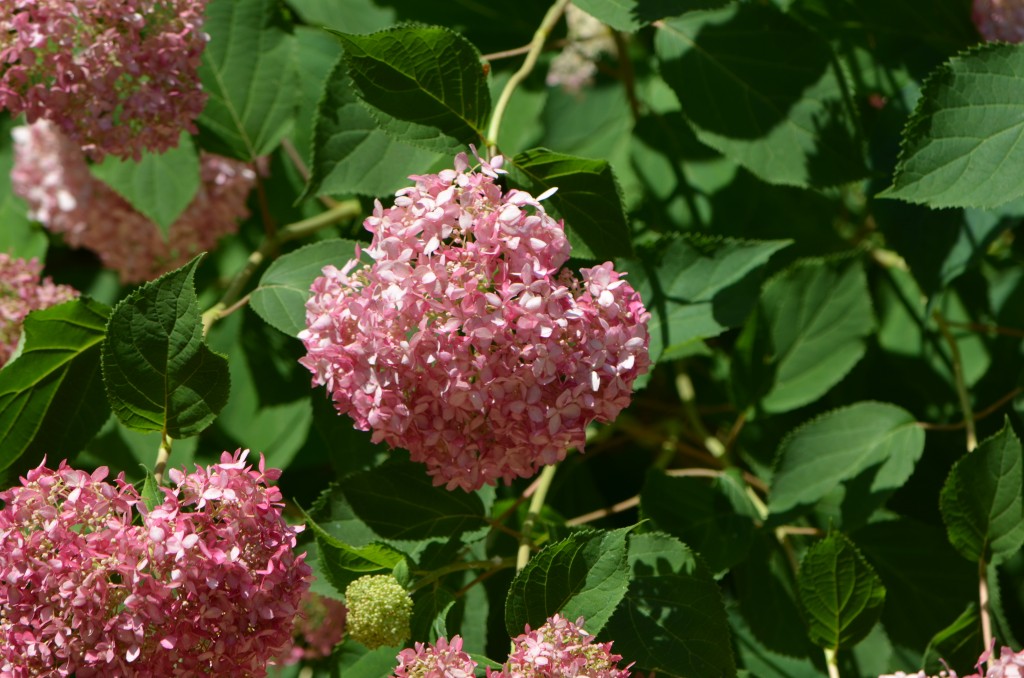Love Hydrangeas? Don’t miss this Walk & Talk
Have we got a treat for you! One of our longtime volunteers, Rich Waiton, is leading a series of walks and talks on hydrangeas, our favorite summer shrub. Tours are timed throughout peak successive bloom time, so take more than one if you can. Registration is required, but free for Garden Members.
On this tour, not only will you get an up-close look at the Garden’s best hydrangea blooms, but you’ll also learn how to understand the major differences between the several distinctly different species of hydrangeas which are adapted to Virginia, learn how to choose hydrangeas suited to your garden, and compare examples of each type and review their differences in bloom, growth habit, soil type, sun exposure, pruning, and other cultural requirements.
I know what you are saying. You don’t wan’t to forget any of this great info, but you also don’t want to have to bring your notebook and take notes on this awesome tour. Don’t worry, we’ve got you covered. Rich Waiton provided us with a “cheat sheet” (below) of the major hydrangea types that the Garden has. This can help you remember what you learn, and keep it all straight.
Japanese Shrub Type: Macrophylla (“large leaf”) and Serrata (“toothed leaf”)
– Familiar “mophead” (Hortensia) varieties, e.g. ‘Nikko Blue’
– Variation: “Lacecap” forms, e.g. ‘Blue Wave’
– Sterile vs. fertile flowers
– Bloom color sensitive to soil pH; blue range generally requires pH of 5.5 or lower
– With few exceptions, blooms on old wood
– “Remontant” types include ‘All Summer Beauty’, ‘Endless Summer’, ‘Blushing Bride’
– Rule of thumb: Treat them like azaleas
North American Type: Quercifolia (oakleaf hydrangea)
– Native to Alabama and southeastern United States
– Relatively tolerant of drought and shade combination
– ‘Snow Queen’ and ‘Snowflake’ are standout varieties. Maroon fall foliage is added bonus.
– Blooms on old wood. Give adequate space and basically ignore them.
North American Type: Arborescens (smooth hydrangea)
– Native to southeast and parts of Midwestern United States
– ‘Annabelle’ variety best known; others are ‘Incrediball’ and ‘Invincibelle Spirit’
– Blooms on new wood; treat them like Butterfly Bushes or chrysanthemums
Upright Shrub Type: Paniculata (panicle or PeeGee hydrangea)
– Native to China
– Typically large, loose trusses of white or cream-colored blooms
– Combine sterile and fertile florets in varying ratios depending on cultivar
– Examples: ‘Grandiflora’, ‘Limelight’, ‘White Lace’, ‘Pink Diamond’
– Most tolerant of hot sunny exposures and hardy to Zone 3!
– Blooms on new wood
Deciduous Vine: Petiolaris
– Native to Japan
– Climbs walls and trees using aerial rootlets similar to English Ivy and difficult to distinguish from it when it is in leaf
– There is an attractive impostor, False Hydrangea Vine, Schizophragma hydrangeoides
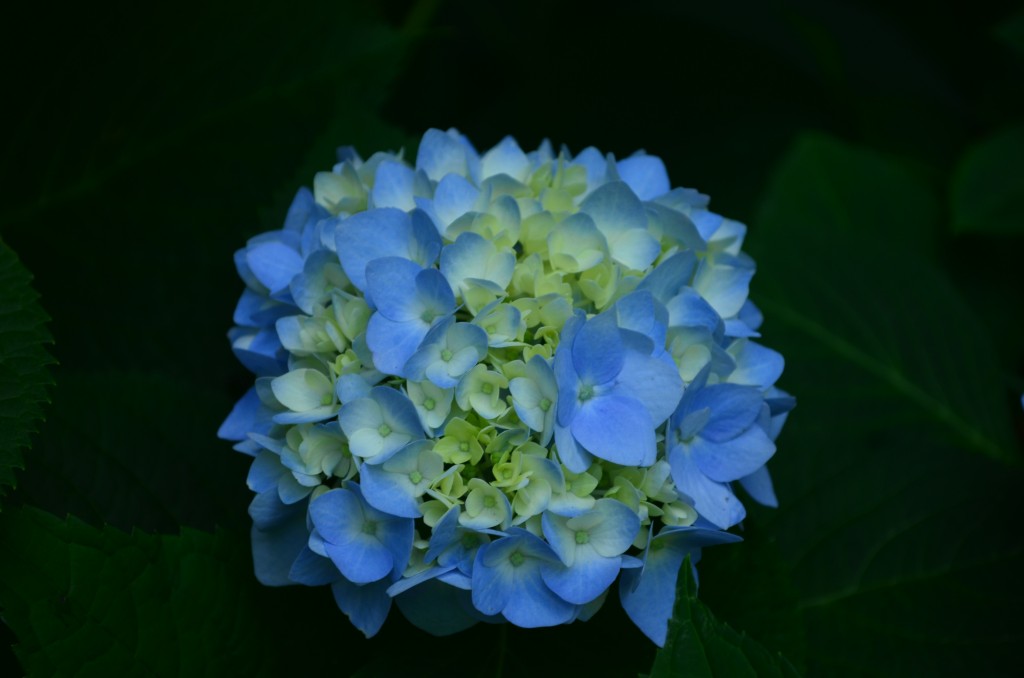
Hydrangea ‘Endless Summer’ — this relatively new type of hydrangea blooms on both new and old wood, so you don’t have to be as careful when pruning.
How to keep them all straight?
– Blooms on new or old wood
– Sensitivity to soil pH
– American native or Asian
– Tolerance for sun and heat
“Interesting back story on ‘Annabelle‘; it is native to U.S. south central states, including southern Appalachians and into southern Illinois,” says Rich Waiton. “Years ago, an astute observer noticed a specimen in the wild that was much more showy than the average for the species growing near the town of Anna, Illinois. He named it “Annabelle” and the rest as they say… is history.” In fact, the second Saturday each June is called “Annabelle Day” — that’s tomorrow! In Anna, Ill. on Annabelle Day citizens celebrate the Hydrangea arborescens “Annabelle”, where over 200 specimens have been planted by the local garden club.
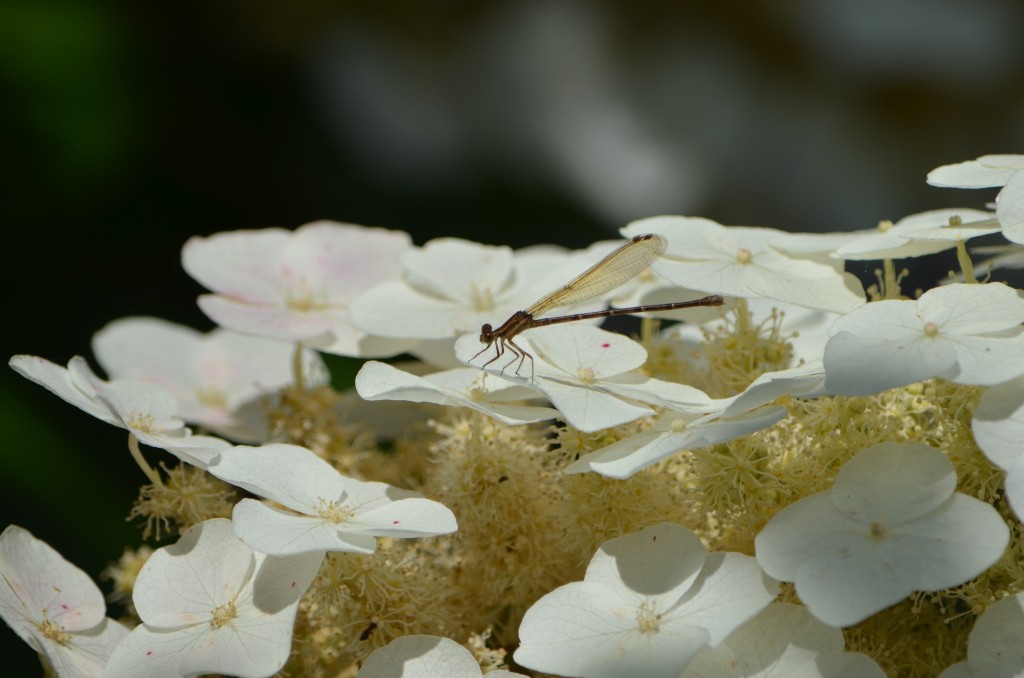
Oak leaf hydrangea with a damselfly. Oak leaf hydrangeas are the North American type: Quercifolia — native to this area.
Master Gardener Rich Waiton has served as a Garden Guide and volunteer for more than 10 years.
